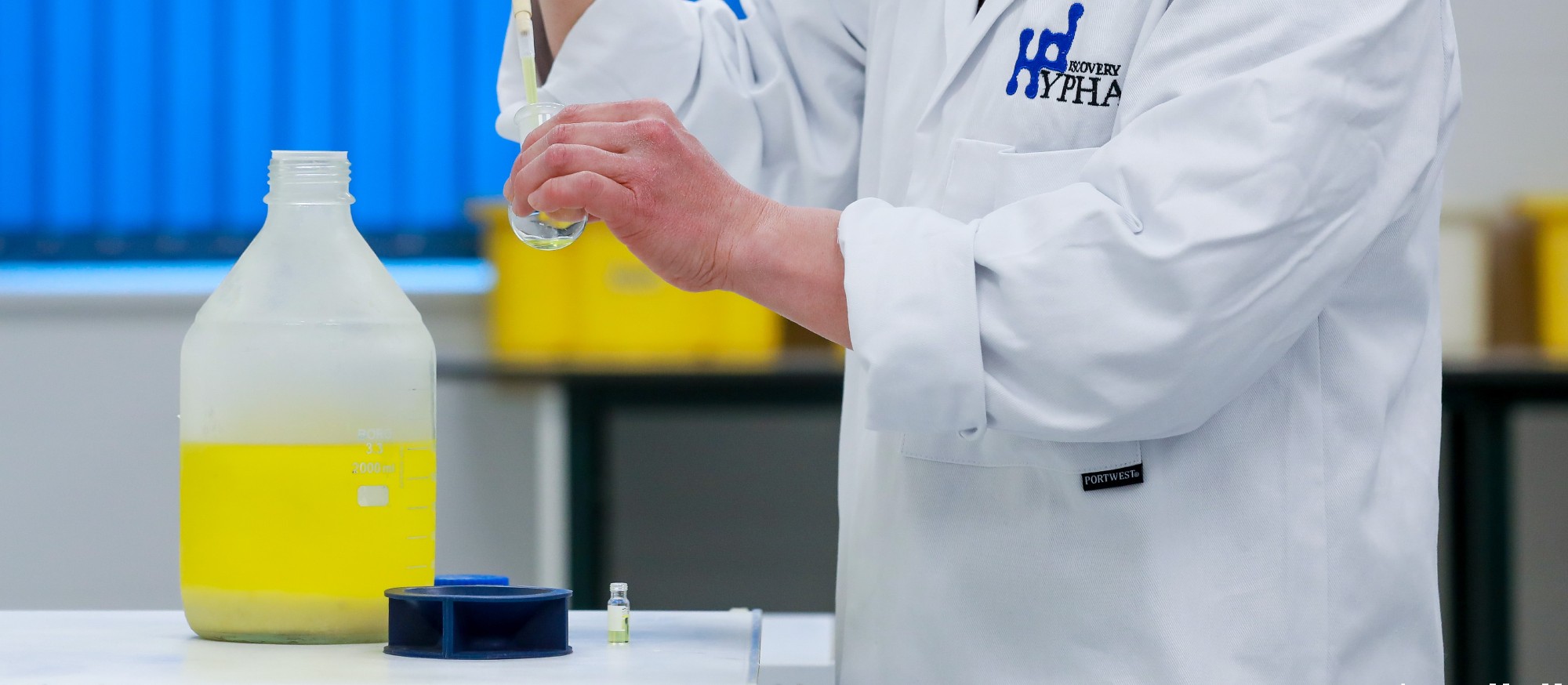Case Studies
Case Studies and Client Projects
Latest Case Studies
Metabolites of some agrochemical products such as pesticides and herbicides possess greater plant or mammalian toxicity compared to the parent compound, thus necessitating a need for their identification, study and provision of analytical reference standards to meet regulatory requirements. Where a synthetic route is challenging, or the identity of a metabolite is unknown, creation of metabolites by microbial biotransformation is often a successful alternative due to similarities of xenobiotic metabolism in mammals, birds, fish, soil, and to some extent, plants.1 Furthermore, biocatalysis affords aromatic and aliphatic site-selectivity as well as regiocontrol of aromatic hydroxylation.2
The FDA’s 2020 MIST guidance states that phase 2 conjugates are generally pharmacologically inactive, however where a potentially toxic conjugate, such as an acyl glucuronide is formed, additional safety assessments may be needed. Idiosyncratic drug toxicity of carboxylic acid-containing drugs can be caused by the formation of reactive acyl glucuronides, which have the ability to directly acylate proteins and undergo intramolecular rearrangement producing reactive aldehydes leading to protein glycation.
Stay up to date with the latest news from Hypha Discovery
Sign up for our quarterly newsletters and monthly "Metabolite Tales" blog
Ready to begin? Our scientists are available to talk through your requirements
Hypha Discovery is a UK-based CRO supporting pharmaceutical and agrochemical companies worldwide through the production of metabolites and new derivatives of drugs and agrochemicals in discovery and development.
Resources
Cookie Policy | Privacy Policy | Website Terms and Conditions
© Hypha Discovery 2021. All Rights Reserved. Website by Fifteen.co.uk

